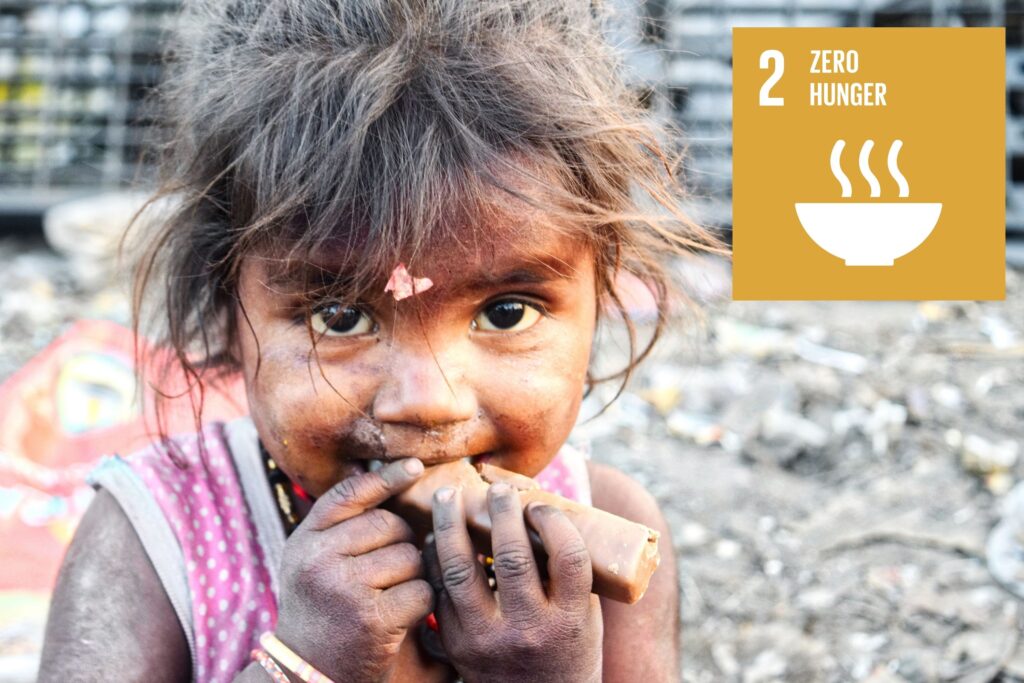Dear Mankind and most favoured of my children,
You will recall my earliest blogs ( mother Earth blogs ) welcomed the Global initiative to develop the Sustainable Development Goals to help create a safer and fairer world and I was happy that mankind had at last understood the urgent need to live more sustainably and harmoniously with other living things on this, our only, home planet. Some good progress was starting to be being made in some areas but sadly most of this encouraging activity was brought to an abrupt halt by the COVID 19 Pandemic.
This blog on SDG 2 – Zero hunger is the 2nd of a series of updates to review the effects of the COVID 19 pandemic on the aspirations and targets of each of the original 17 SDGS and to look ahead to the prospects in each sector.
Just before the COVID 19 pandemic, 650 million people were going hungry and around 2 billion were suffering food insecurity. The crisis disrupted food supply chains and economic slowdowns have affected food systems worldwide and imposed additional threats to global food security and nutrition making the target of ending hunger by 2030 even more difficult. COVID -19 effects on household income will increase all forms of malnutrition. Even without the impact of Covid 19 , there were 230 million children already suffering from malnutrition and these numbers will have increased significantly due to the pandemic.
Life threatening malnutrition ( called “wasting” ) results in weight loss and affected 45.4 million children in 2020 and it has been estimated that there is likely to be a 15% increase in wasting as a direct result of the Covid effects on household income.
Another effect of malnutrition is incidence of anaemia which , in pregnant women, can increase the risk of adverse outcomes for mother and baby and be an additional risk factor for severe illness from Covid 19. In 2019, the Global prevalence of anaemia in women of reproductive age was 29.9% ( putting 500 million women at risk ), 29.6% in non-pregnant women and 36.5% in pregnant women. In Central and Southern Asia already almost half the women between the ages of 15- 49 suffer from Anaemia
The disruption of health services and food systems , added to the economic impacts on household incomes due to the Pandemic will undoubtedly have increased incidence of malnutrition ,worsened the prevalence of anaemia and increased risks to mothers and babies
It is going to take even greater efforts if the 2030 target of reducing anaemia in women of reproductive age by 50 % and achieving zero hunger are to be achieved
Mother Earth
Sources : The Sustainable Development Goals Reports 2019 -2021 , United nations , New York


